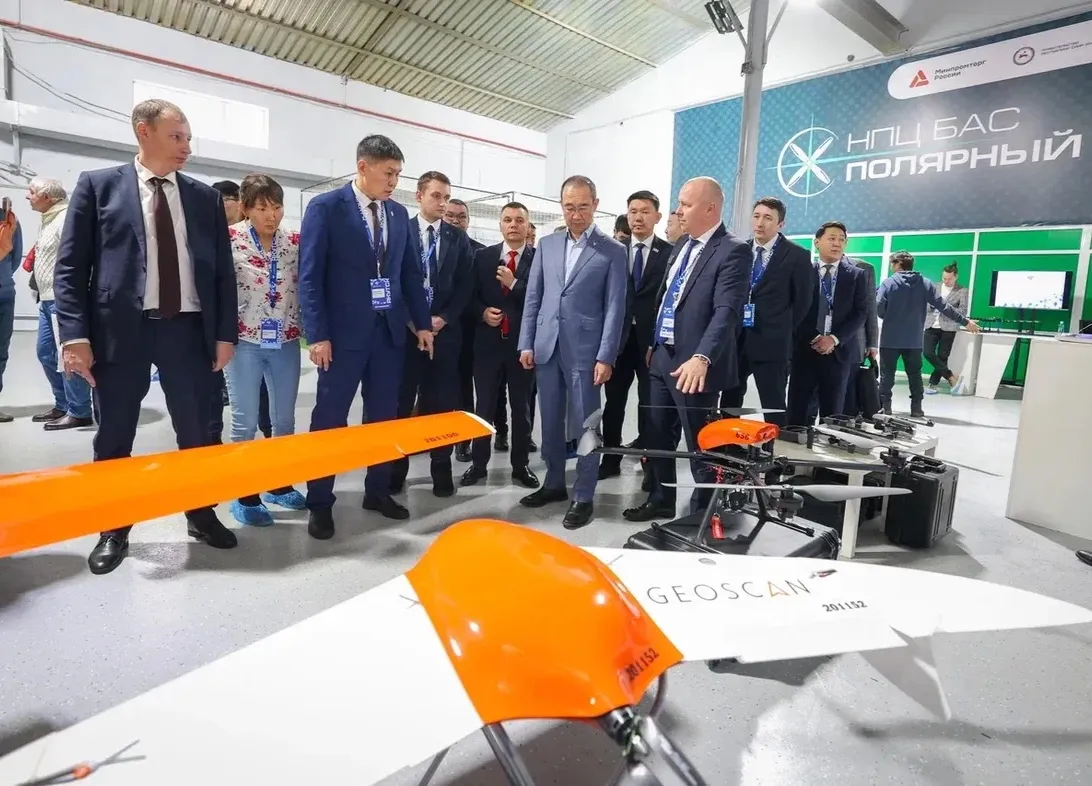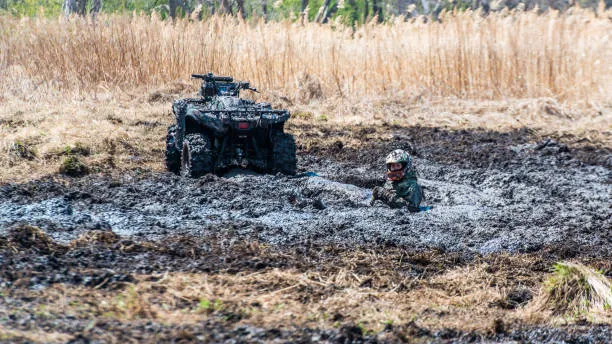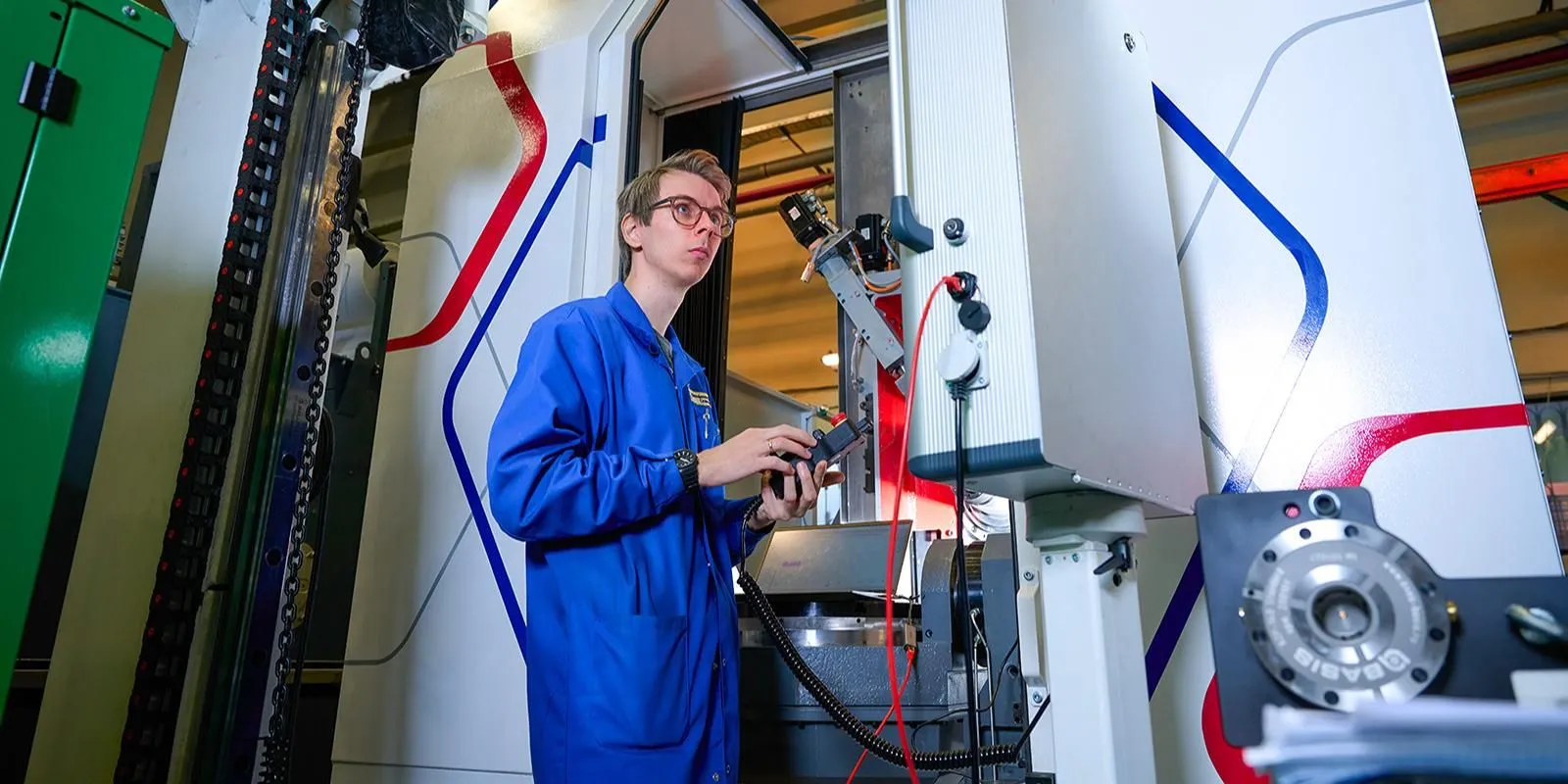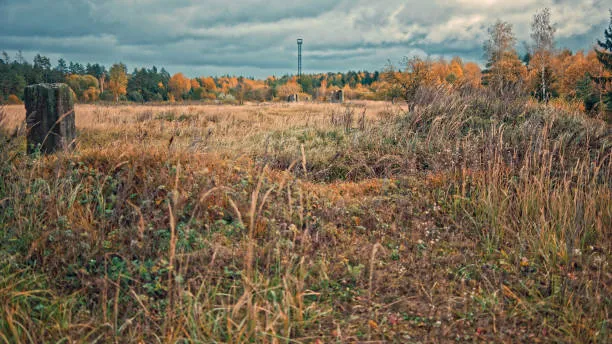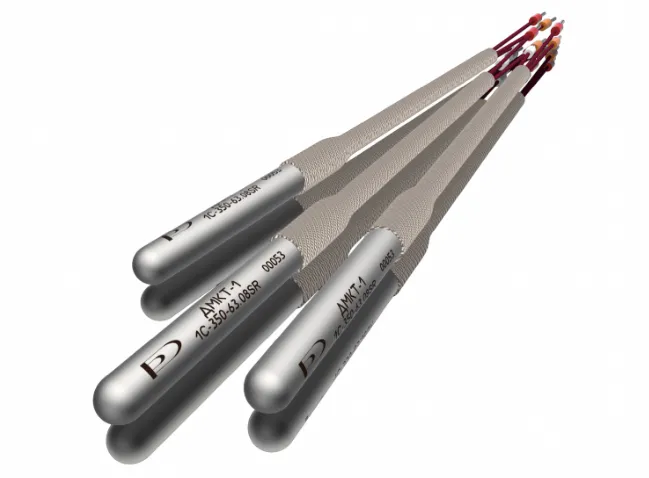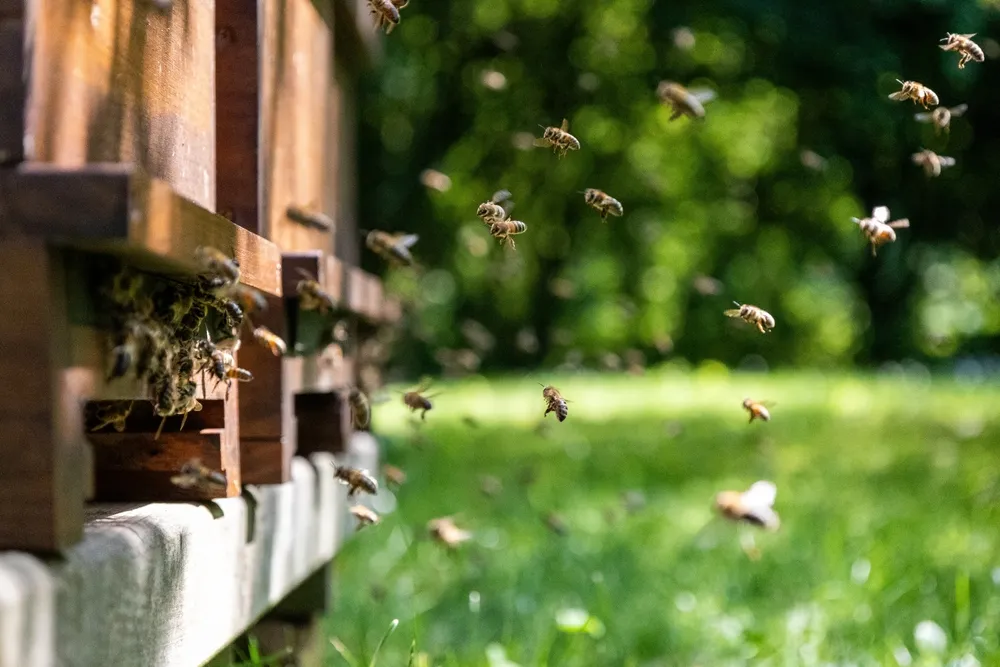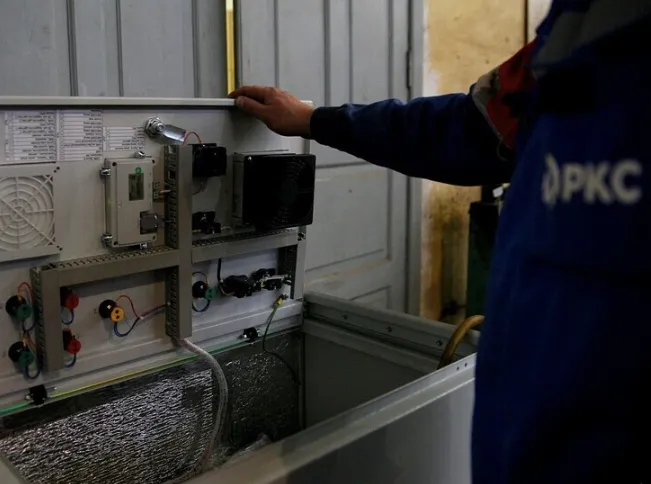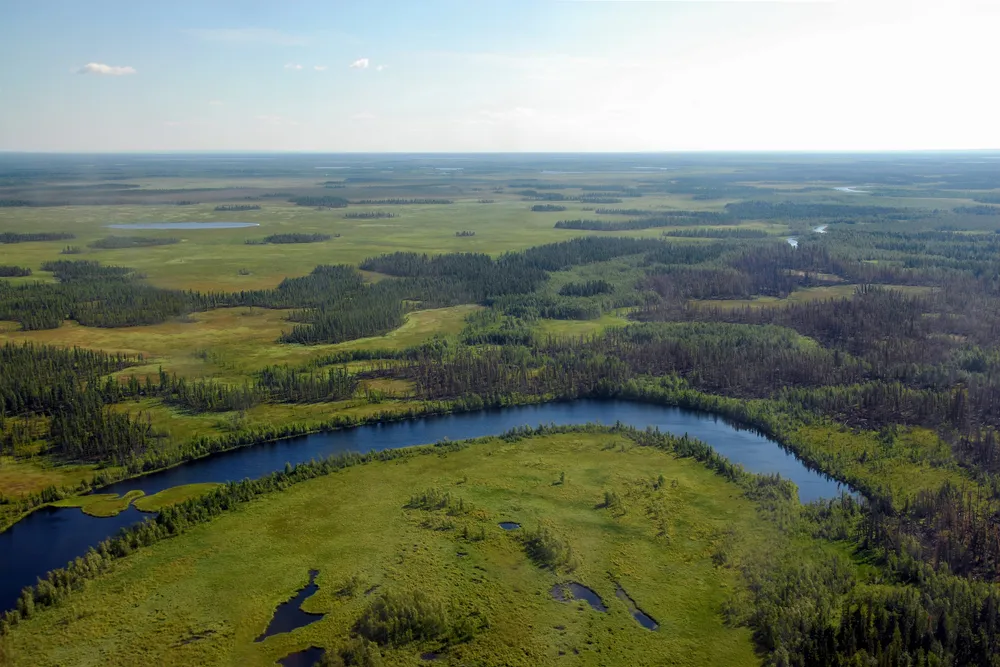AI to Rewrite Wildlife Counts in Russian Reserves
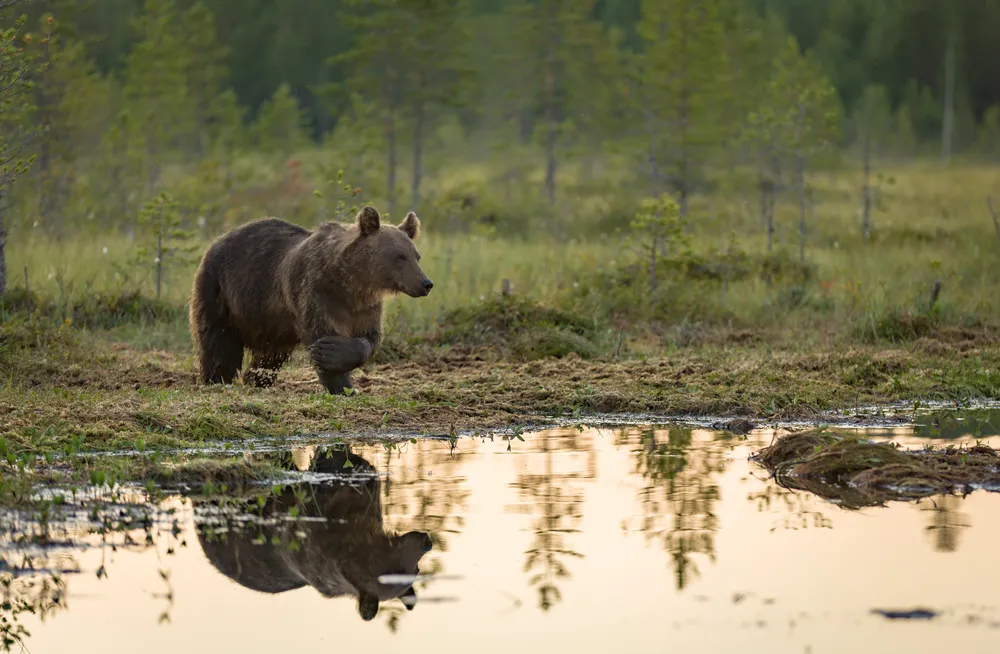
Russia’s national parks are turning to drones and neural networks to track wildlife populations. Early tests suggest AI-based monitoring could vastly outperform traditional animal counting methods.
In the Lena Pillars National Park in Yakutia, ecological monitoring is moving online. According to park director Arkady Semyonov, artificial intelligence may soon fully replace conventional methods of animal population surveys.
The shift builds on the success of the “Polar Bear Census,” launched in 2022. Using Orlan-10 drones, specialists collected 25,000 images, which were then analyzed by a neural network. The results showed that the protected polar bear population was three times larger than earlier estimates.
In 2025, the technology was tested on brown bears. Over six drone flights, researchers surveyed 1,000 kilometers, gathering data on habitat ranges and animal health.
By 2030, the Lena Pillars park may fully transition its wildlife monitoring to drones and neural networks. The park has expanded significantly in recent years, making traditional tracking methods increasingly difficult. AI and UAVs promise to deliver more accurate, scalable, and efficient monitoring of these unique ecosystems.









